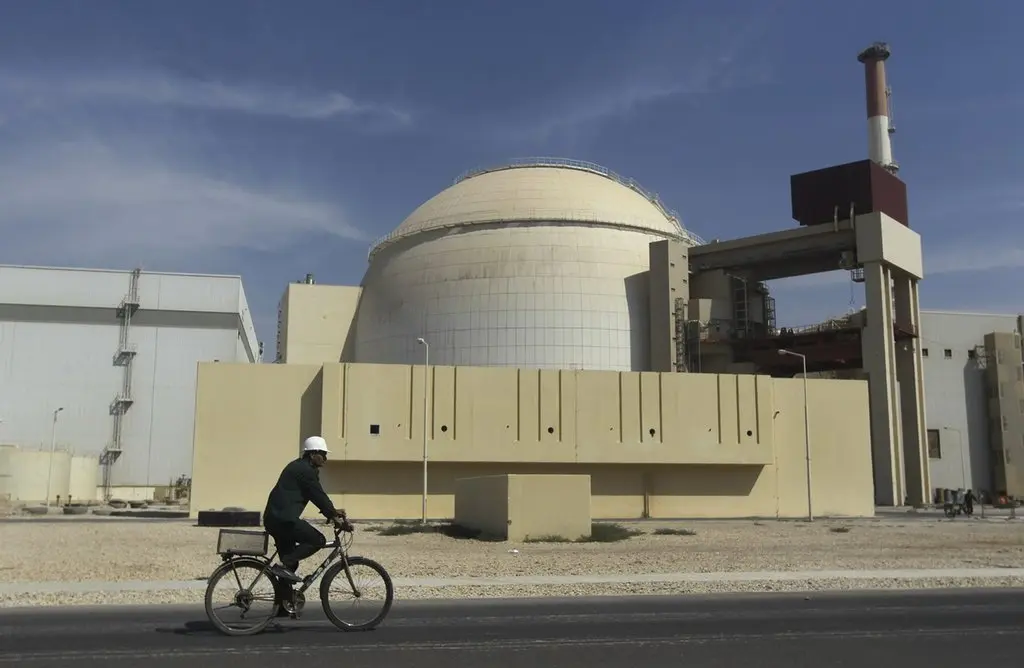Iran’s Nuclear Ambitions Soar Despite Trump’s JCPOA Exit
WANA (Aug 26) – Former U.S. President Donald Trump’s exit from the JCPOA has not only failed to reduce Iran’s nuclear activities but has also led to significant advancements in the country’s efforts to localize nuclear technology.
Masoud Nasouri, the project manager for Bushehr Nuclear Power Plant Units 2 and 3, has reported that approximately 6 million cubic meters of excavation and embankment work have been completed, along with the installation of 47,000 piles and deep soil mixing improvements.
Construction contracts have been finalized, and foundation concrete pouring has begun. Around 4,000 people are currently working on the project, and two recruitment tests for specialist personnel have been conducted. Nasouri added that equipment is being sourced from Iranian companies and delivered to the site in compliance with safety standards.
He emphasized that building these new units presents a great opportunity for the expansion of domestic knowledge-based companies in the nuclear energy sector. Unit 2 is expected to be operational within five years, and Unit 3 will follow 18 months later.
READ MORE
The Bushehr Nuclear Power Plant is Iran’s first nuclear facility, with a capacity of 1024 MW. Construction began in 1975 but was interrupted by the Iranian Revolution. Legal disputes and Iraqi missile attacks caused further delays. The plant was completed in 2011 with Russian oversight.
It generates 1000 MW and contributes 1.3% of the country’s peak electricity demand. Russian consultants assist in managing the plant, and Russia handles fuel supply and waste management. Nuclear energy is recognized as an environmental strategy to combat global warming and reduce pollution.












